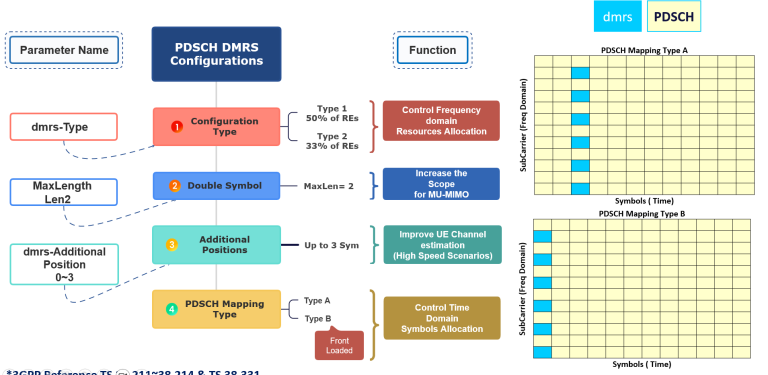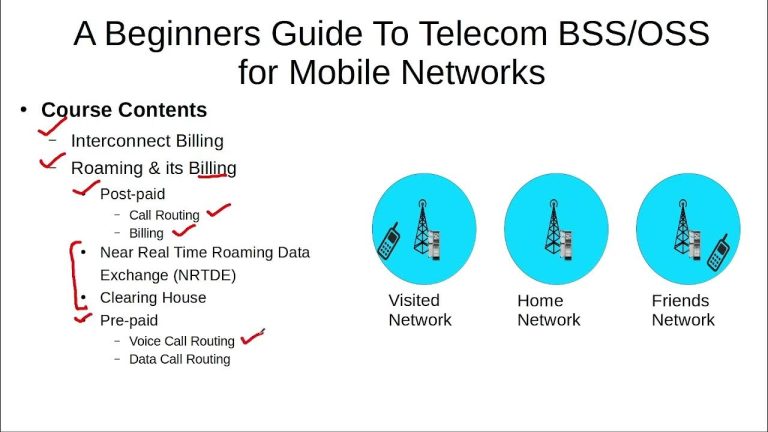Exploring WCDMA (Wideband CDMA): Technology and Benefits Explained
telcomatraining.com – In the ever-evolving world of mobile communication, various technologies have emerged to improve connectivity, speed, and user experience. One such technology is WCDMA (Wideband Code Division Multiple Access), which plays a significant role in enabling high-speed data transmission in mobile networks. In this article, we’ll explore the technology behind WCDMA, its advantages, and how it has revolutionized the mobile communication landscape.
What is WCDMA?
WCDMA, or Wideband Code Division Multiple Access, is a third-generation (3G) mobile telecommunications technology that allows efficient use of radio spectrum. It operates in the frequency range of 1.8 GHz to 2.5 GHz, providing enhanced bandwidth for mobile devices. WCDMA is a form of CDMA (Code Division Multiple Access), a method of multiplexing multiple signals over the same radio frequency by encoding each signal with a unique code.
WCDMA is an upgrade from earlier technologies like GSM (Global System for Mobile Communications) and provides a significant boost in data rates, offering faster download and upload speeds for mobile users. It was developed as part of the Universal Mobile Telecommunications System (UMTS), which became the standard for 3G networks in many parts of the world.
How Does WCDMA Work?
At its core, WCDMA uses wideband channels to transmit and receive data, allowing multiple users to share the same frequency spectrum. The technology is based on the principles of CDMA, where each call or data session is assigned a unique code, making it possible for multiple users to access the same radio channel without interference.
One of the key features of WCDMA is its ability to support both voice and data transmission on the same network. This makes it possible for users to browse the internet, send emails, and stream videos while making voice calls simultaneously. WCDMA achieves this by allocating different time slots and codes for voice and data traffic, ensuring efficient use of the available resources.
Key Features of WCDMA
- High-Speed Data Transmission: WCDMA supports faster data transfer rates compared to its predecessors like GSM. It can provide download speeds up to 384 kbps (kilobits per second) and upload speeds up to 128 kbps, allowing users to enjoy smooth internet browsing, video calls, and multimedia services.
- Increased Capacity: WCDMA utilizes a wideband spectrum, which enables more users to access the network simultaneously without significant degradation in performance. This results in higher capacity for mobile networks, ensuring better service quality even in crowded areas.
- Efficient Spectrum Usage: One of the main advantages of WCDMA is its efficient use of radio spectrum. By utilizing a wider bandwidth and advanced coding techniques, it can transmit more data over the same frequency spectrum, making it a valuable technology for operators seeking to maximize their network’s efficiency.
- Support for Voice and Data Services: WCDMA supports both voice and data services, allowing users to make voice calls while accessing mobile internet simultaneously. This makes it an ideal choice for users who require uninterrupted communication and data access.
Benefits of WCDMA Technology
- Improved Mobile Internet Experience: With the rise of smartphones and mobile applications, users demand faster and more reliable internet connections. WCDMA delivers faster data speeds, reducing latency and ensuring a seamless browsing experience, video streaming, and online gaming.
- Global Compatibility: WCDMA is a globally recognized 3G technology, which means it is supported by mobile operators worldwide. This enables users to roam internationally without worrying about network compatibility, making it a preferred choice for global travelers.
- Enhanced Voice Quality: Unlike older technologies, WCDMA provides better voice quality during calls. It uses advanced codecs and error correction techniques, resulting in clearer and more reliable voice communication, even in areas with weak signal strength.
- Scalability for Future Technologies: WCDMA laid the foundation for the development of 4G and 5G technologies. Its evolution into technologies like HSPA (High-Speed Packet Access) and LTE (Long-Term Evolution) has further enhanced mobile data speeds and network capacity, ensuring future scalability for even more advanced services.
Conclusion
WCDMA has revolutionized mobile communications by providing faster data speeds, increased capacity, and improved voice quality compared to previous generations of mobile technology. Its ability to efficiently handle both voice and data traffic simultaneously has made it an essential part of modern mobile networks. As we continue to move towards 4G and 5G, the legacy of WCDMA remains a vital stepping stone in the evolution of mobile telecommunications, offering a reliable and scalable solution for the growing demands of today’s connected world.







